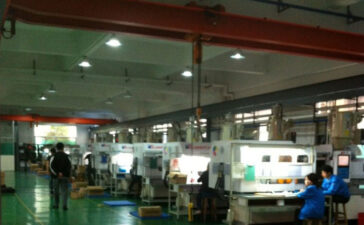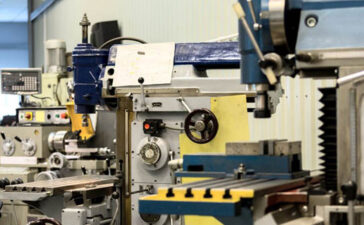Laser welding technology has the effect of purifying the molten pool, can purify the weld metal, and is suitable for welding between the same and different metal materials. Laser welding has a high energy density, which is particularly beneficial for welding metals with high melting points, high reflectivity, high thermal conductivity, and very different physical properties.
Laser welding is used for laser beams with lower power than when cutting metals. Through the interaction of laser and materials, the materials are locally melted and bonded together. However, the CO2 laser with a wavelength of 10.6 μm and the YAG laser with a wavelength of 1.06 μm are mostly reflected when acting on the metal surface, and the absorption rate is low, but when the metal reaches the molten state, the absorption rate rises sharply, which provides advantages for laser welding. conditions of.
The lasers currently in use are YAG lasers, CO2 lasers and semiconductor pump lasers. When using the above lasers, the plastic materials used not only require a large number, but also use a variety of types with high technological content, which is the best field in the plastics processing industry to obtain high economic benefits. Therefore, in the processing of plastic products, people are eager for a more rapid, effective and clean plastic welding method.
With the advancement of materials and equipment, laser welding technology has been approved by manufacturers as a special method for connecting plastic products. It is mainly used for connecting sensitive plastic products (including circuit boards), plastic parts with complex geometric shapes, and Plastic products (medical equipment) with strict cleanliness requirements, etc.
Most natural plastics and many colored translucent plastics can be laser welded, such as polystyrene (PS), polyvinyl chloride (PVC) and polystyrene (PP machining).








